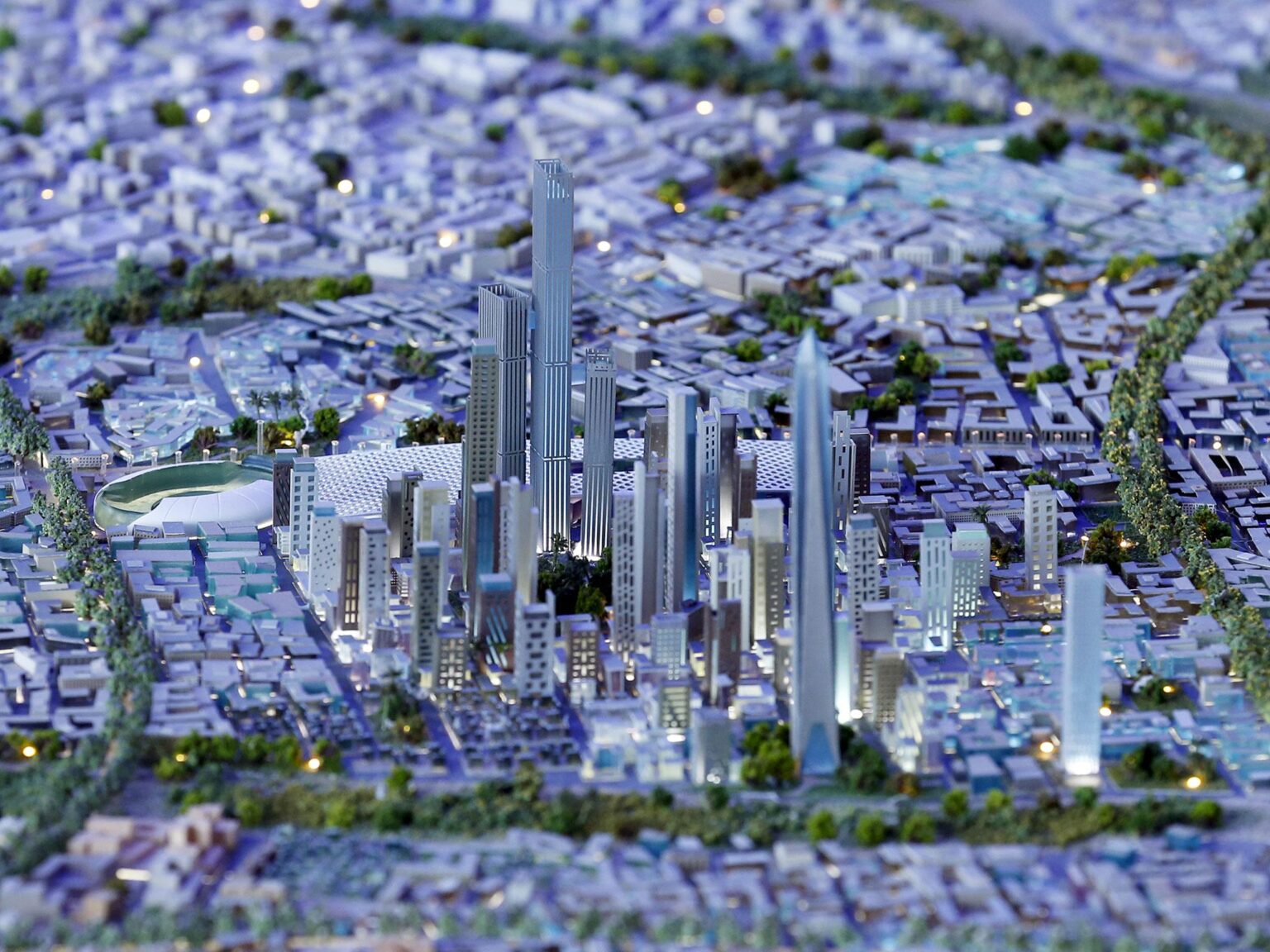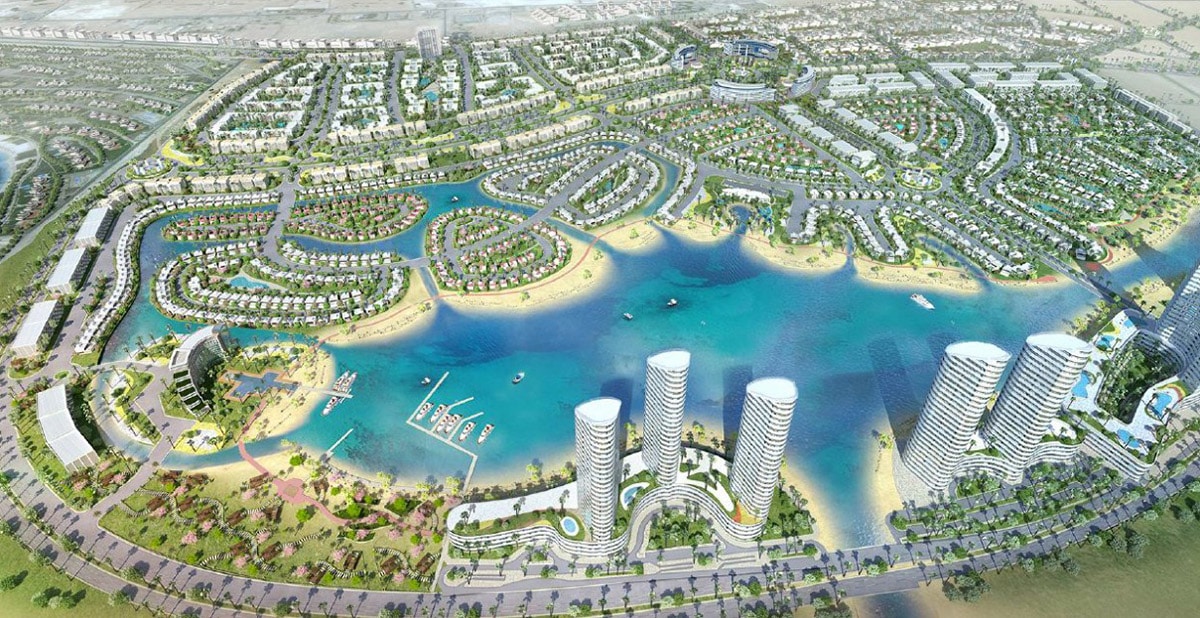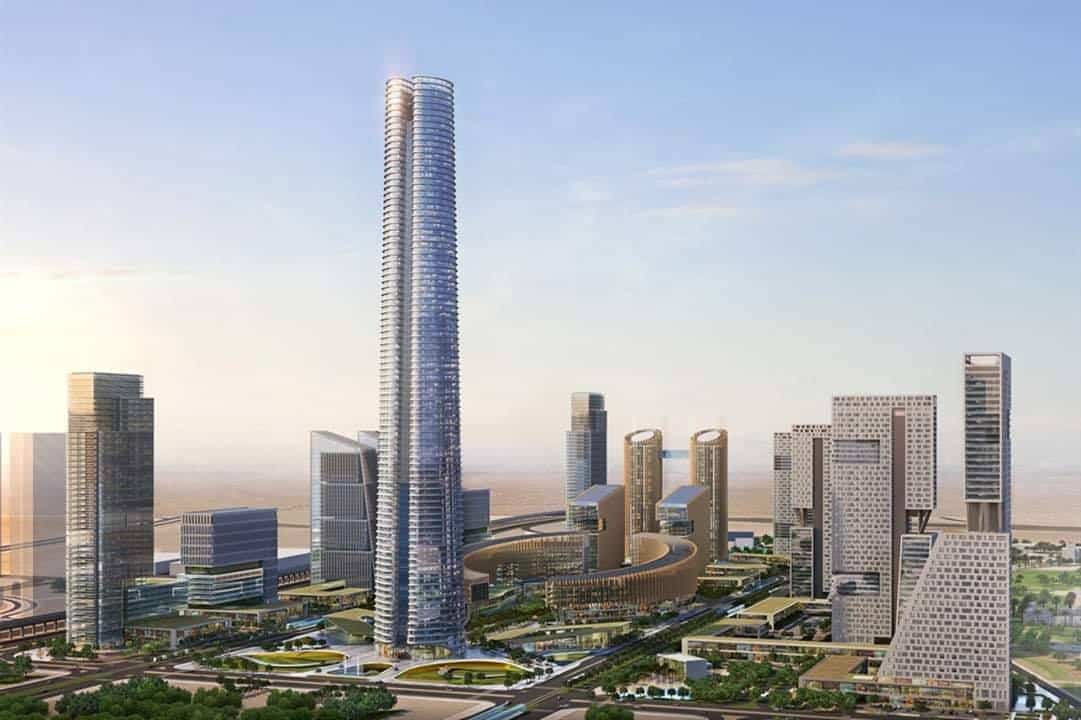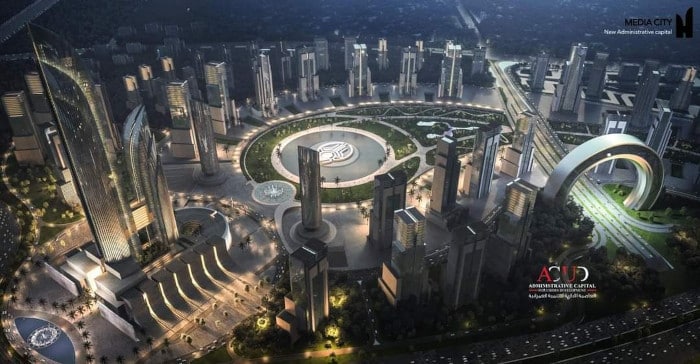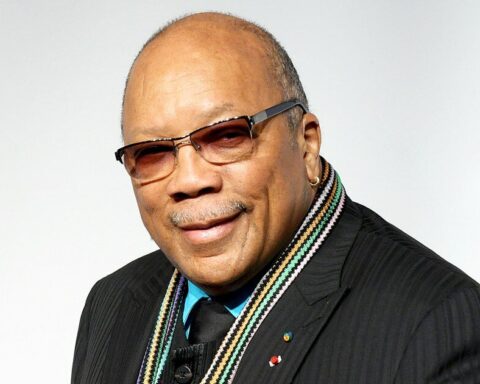Egypt’s New Capital, an ambitious project in the middle of the desert, is slowly emerging. This 270-square-kilometre mega-city redefines Egypt’s urban future, with ultramodern infrastructures and a bold vision. A true 21st-century oasis, the project blends modernity, sustainability and progress.
In 2015, Egypt launched a titanic project: the New Capital, a megalopolis located some 30 km east of Cairo, stretching over 270 square kilometers in the heart of a desert plain. Eight years later, this futuristic dream is taking shape and aims to revolutionize the Egyptian way of life. Estimated to cost 60 billion dollars, this pharaonic project decided upon by the country’s strongman, President Al-Sissi, includes 21 residential districts, 25 districts dedicated to economic and governmental activity, as well as ultramodern infrastructures.
By the end of 2023, a large part of the government administration will begin a slow transition out of Cairo. As part of this move, the unthinkable is already taking shape in the heart of the desert: a vast park, artificial lakes, almost 2,000 educational establishments, a technological innovation center, almost 700 hospitals and clinics, over 1,000 places of worship, a stadium with a capacity of 90,000 spectators, and hotels with a projected total of 40,000 rooms. This metamorphosis is accompanied by ultra-modern infrastructure, including solar farms, an electric rail link to Cairo and a brand-new international airport terminal.
At the root of this grandiose project was the need to relieve congestion in the current Egyptian capital, Cairo, with its incessant city traffic and ageing buildings costly to renovate. Home to over 21 million inhabitants – a fifth of Egypt’s ever-growing population – Cairo was becoming untenable. To counter this trend, Egypt launched a new towns program in the 1970s, aimed at attracting the population to more modern cities.
The new towns revolution
In 2018, as the country’s population reached 100 million, the government announced a fourth generation of new cities, focusing on environmentally-friendly technologies and smart public services, with green spaces and state-of-the-art educational infrastructure.
New Alamein, on the Mediterranean coast, is an example of this initiative, aimed at creating an urban center with a population of 3 million. In all, by September 2021, no fewer than 37 new cities were being planned or developed in Egypt, while 24 existing cities were undergoing renovation.
From Dubai to China
Initially conceived by Dubai planners in the 2000s, the New Capital project was quickly taken in hand by the Egyptian army. In 2016, China became Egypt’s preferred partner for this colossal project.
In the space of two years, China State Construction Engineering Corporation (CSCEC) has signed two major agreements. The first covers the construction of the main government buildings, including the President’s office, the parliament complex, and a convention and exhibition center. The second contract awards CSCEC the entire central business district, comprising 20 office buildings, 5 apartment blocks, 2 luxury hotels and the famous Iconic Tower, the tallest in Africa at 385.8 metres.
On course for the future
The New Capital aims to surpass Cairo in many respects. A new airport, capable of handling 300 passengers an hour, is under construction, as are an archaeological museum, an arts and culture district, and many other infrastructures. But the question remains: who will live in this futuristic metropolis? With apartments starting at over $80,000, the New Capital seems inaccessible to many Egyptians, favoring mainly wealthy investors.
To facilitate accessibility, a 35-kilometer monorail will soon link the New Capital to Cairo. Siemens will oversee the electrical grid, while Atos will work with the Egyptian authorities to create a green smart city, promoting contactless payments. Security will be provided by a network of 6,000 cameras equipped with a state-of-the-art surveillance system supplied by Honeywell. Finally, Schneider Electric will equip the roofs of the buildings with solar panels to promote renewable energy.
Despite its ambitions, the New Capital is facing criticism, particularly with regard to its economic and financial impact. Nevertheless, the project continues to inspire new projects in the country, such as the planned 2,000-kilometer high-speed rail network, with the Northern Line serving the New Capital, scheduled for 2025.
Read also>SAUDI ARABIA RELIES ON SOFT POWER FOR A BRIGHT FUTURE
Featured photo : ©Press




